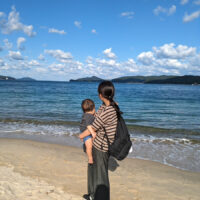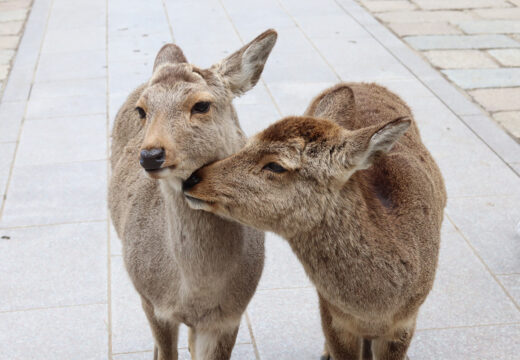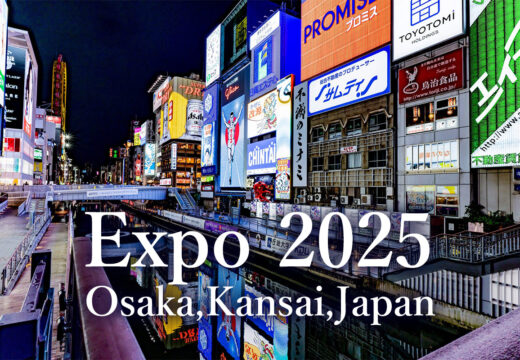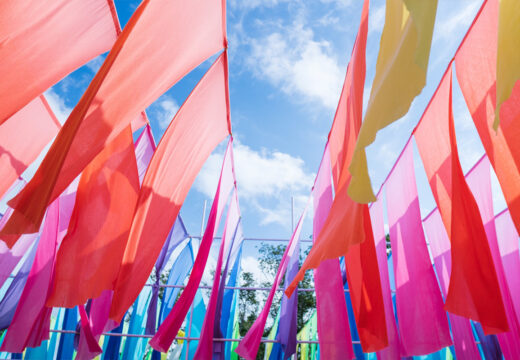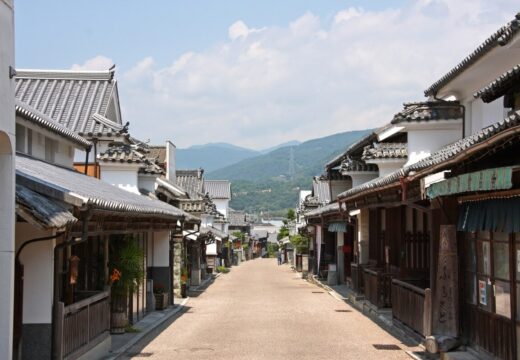Traditional crafts, cuisine, festivals, and more abound – Senshu Area, Osaka
Category: Sightseeing
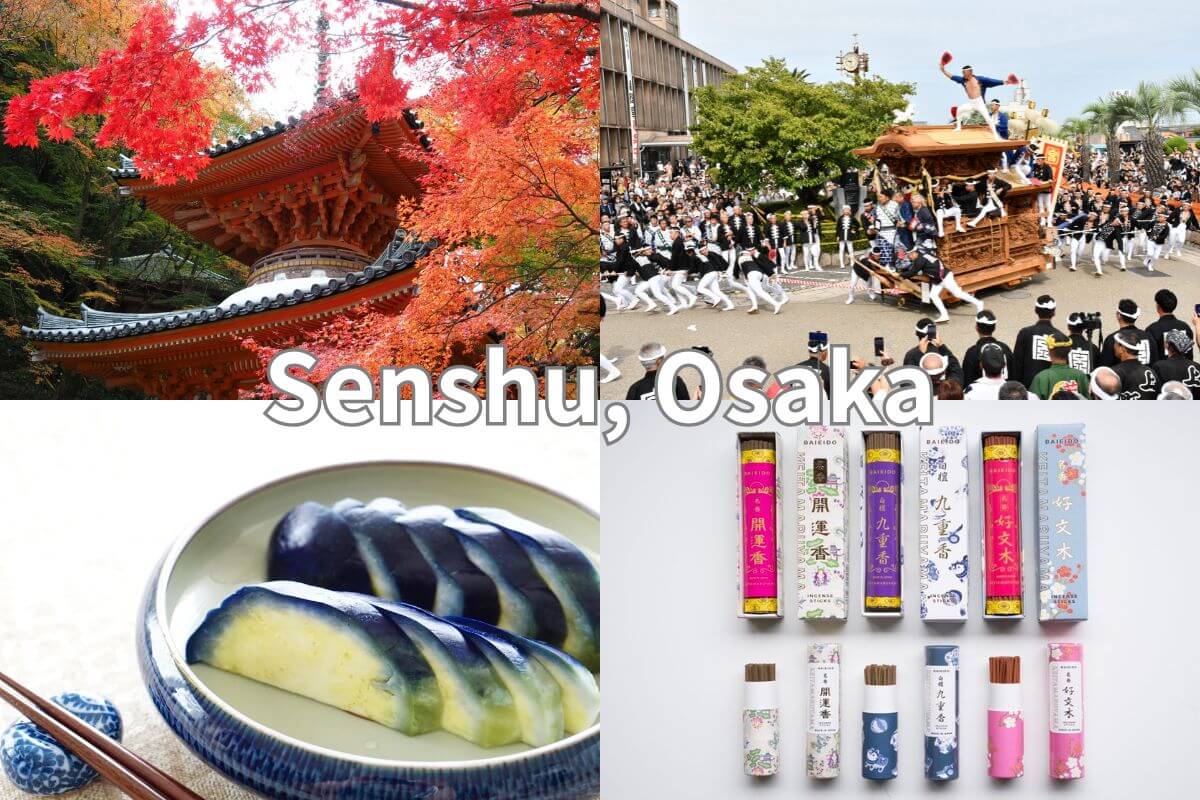
Osaka continues to draw attention as a major tourist destination in Japan. While popular spots like Osaka Castle and Dotonbori are well-known within the city itself, Osaka Prefecture boasts many more captivating tourist attractions.
This time, we spotlight the Senshu area in southwestern Osaka Prefecture. This region is deeply rooted in Osaka’s history and traditions, brimming with attractions, souvenirs, and gourmet delights. Let’s explore even more of Osaka’s charm!
What is the Osaka-Senshu area?
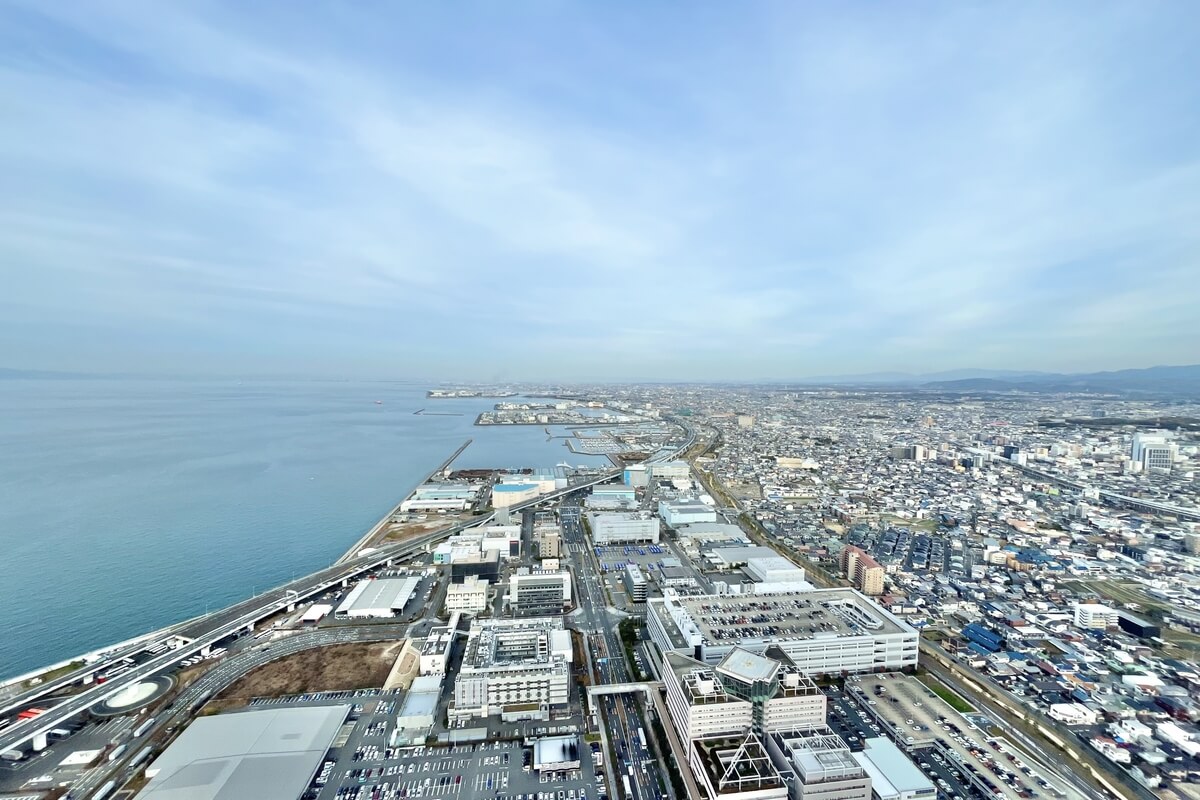
The Senshu area collectively refers to 13 municipalities (9 cities and 4 towns) located in the southwestern part of Osaka Prefecture: Sakai City, Takaishi City, Izumiotsu City, Izumi City, Tadaoka Town, Kishiwada City, Kaizuka City, Kumatori Town, Izumisano City, Tajiri Town, Sennan City, Hannan City, and Misaki Town.
Bordered by Osaka Bay to the northwest, the area is blessed with abundant seafood. To the south, it adjoins the Izumi Mountains, yielding plentiful, high-quality agricultural produce.
Furthermore, Kansai International Airport sits on an artificial island in Osaka Bay, serving as a major gateway to Japan. With excellent access from the airport, it’s perfect for sightseeing during layovers before your flight.
History of the Senshu Area
1600 years of history
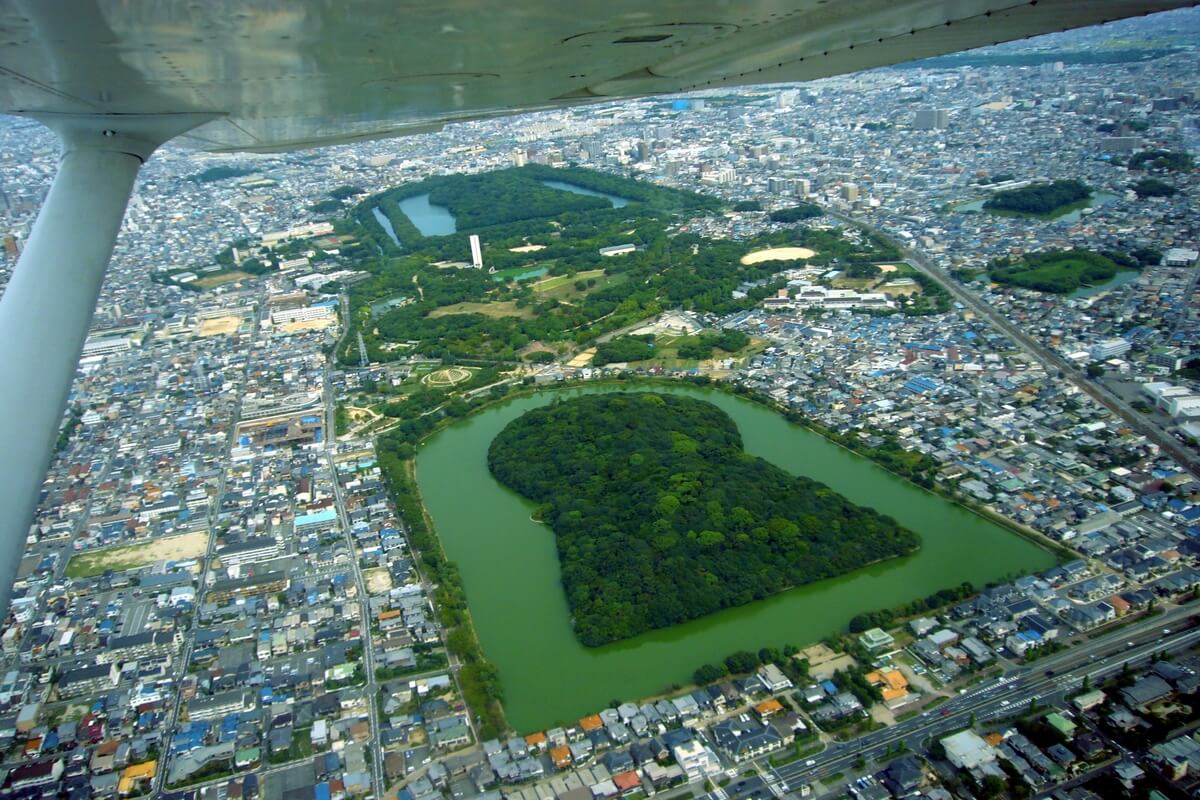
The Mozu-Furuichi Kofun Group, a World Heritage Site, is indispensable when discussing the history of the Senshu area.
The Mozu Kofun Group in Sakai City was constructed from the late 4th century to the late 5th century, approximately 1,600 years ago, as burial mounds for ancient Japanese kings and influential figures. Among them, the Emperor Nintoku Tomb in Sakai City is particularly renowned as Japan’s largest kofun.
During this period, numerous small kingdoms existed across the Japanese archipelago. This tomb is believed to have been built by the Yamato royal authority, the most powerful force among them. The Yamato royal authority also laid the foundation for the Japanese state, meaning the Senshu area played a crucial role in the formation of the Japanese nation.
Thriving as a hub of culinary culture and a merchant town
During the Edo period (1603-1868), Osaka flourished as the “Tenka-no-Daidokoro (Kitchen of the Nation),” a commercial hub where goods from across Japan gathered and circulated. Within this context, the Senshu area served as a local food supply source, supporting Osaka’s culinary needs. Traditional vegetables cultivated since the Edo period include Senshu Mizunasu (Water Eggplant) and Senshu onion.
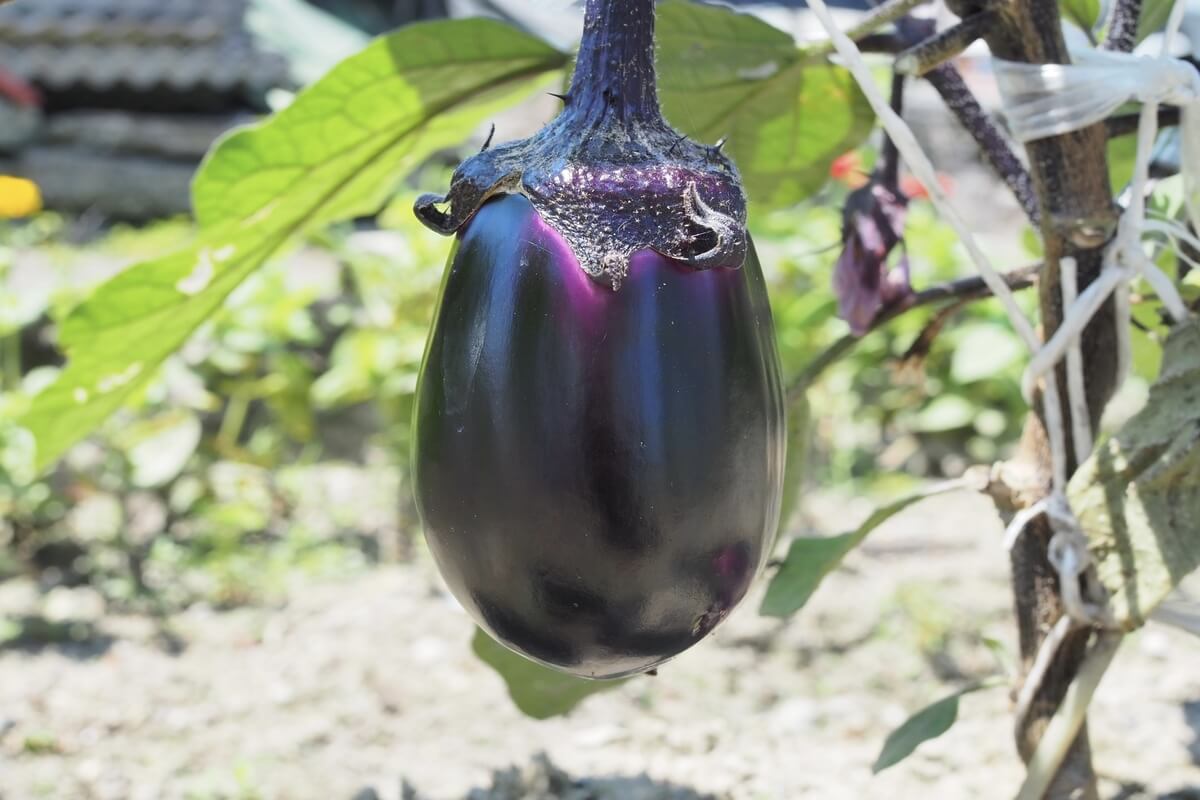
Furthermore, its location facing Osaka Bay enabled it to develop as a hub for shipping and commerce, with merchants supporting the economy.
By the 15th century, Sakai Port in Sakai City flourished as an international trading port, conducting trade with China, Portugal, Spain, and others.
In the 17th century, it prospered as a major production center for cotton cloth known as Izumi cotton. Even today, the textile industry thrives in the Senshu region, with “Senshu Towels” and “Izumi Cotton” promoted as branded products both domestically and internationally.
Must-Visit Places in Senshu
Tomb of Emperor Nintoku (Sakai City)
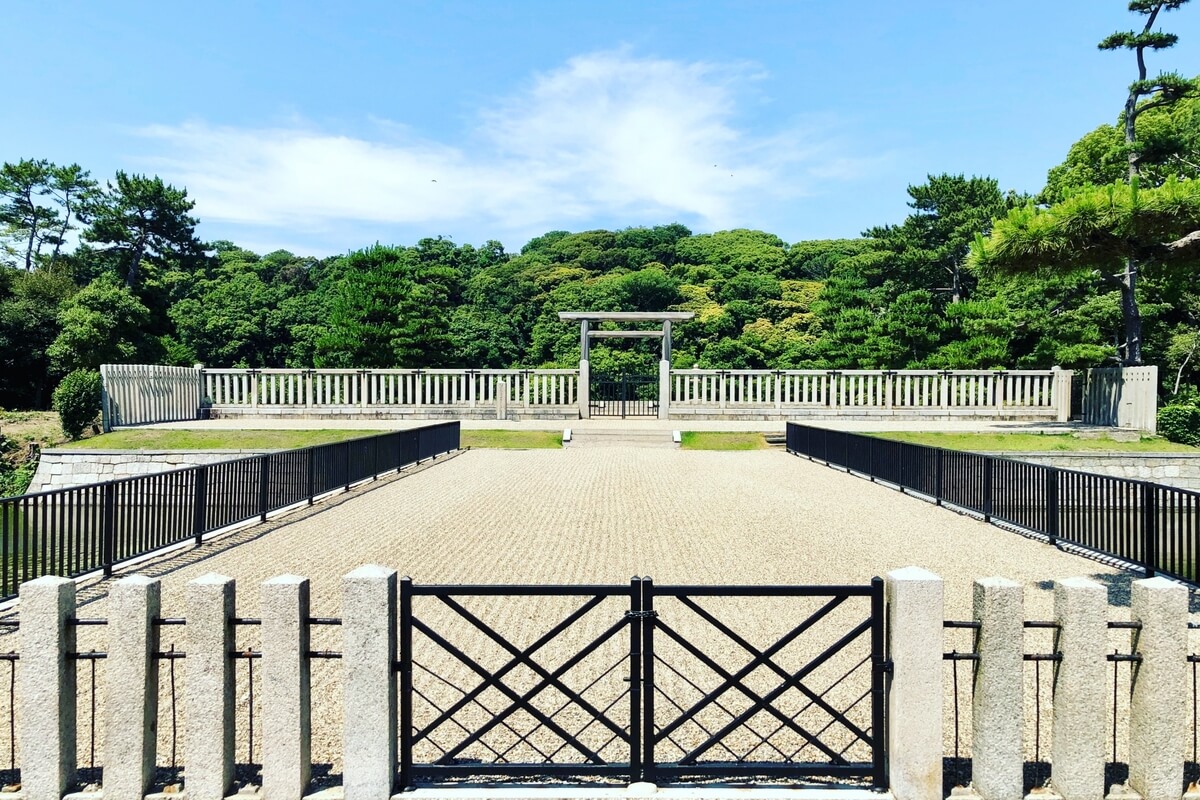
Registered as a World Heritage site in 2019 under the name “Mozu-Furuichi Kofun Group,” this is one of the world’s three largest burial mounds and Japan’s largest Zenpo-koen-fun (keyhole-shaped tumulus).
With a total length of approximately 486 meters, walking around it takes about an hour, making rental bicycles convenient. While the interior is closed to the public and cannot be entered, you can immerse yourself in ancient history by touring the surrounding area, including smaller kofun.
For those wishing to view the kofun from above, we recommend MI-TE Sakai (the observation lobby on the 21st floor of the Sakai City Hall High-Rise Building) or the gas balloon “Osaka Sakai Balloon,” which began operations in October 2025.
▼Details for MI-TE Sakai (Sakai City Hall 21st Floor Observation Lobby)
https://www.sakai-tcb.or.jp/spot/detail/73
▼Official Website for Osaka Sakai Balloon
https://osaka-sakai-balloon.com/
Kishiwada Castle (Kishiwada City)

Kishiwada Castle, alongside Osaka Castle, is one of the few castles in Osaka Prefecture with a keep. It is said to have been built in 1334 by the warrior Wada Takaie. The original keep is believed to have had five stories, but it was destroyed by lightning in 1827. Today, visitors can see the three-story, three-tiered keep constructed in 1954.
The beautiful scenery combining cherry blossoms in spring and autumn foliage with the castle tower is a given, but the Japanese garden known as the “Hachijin Garden” is also a major attraction.
Daiitokuji Temple, Mt. Ushitaki (Kishiwada City)
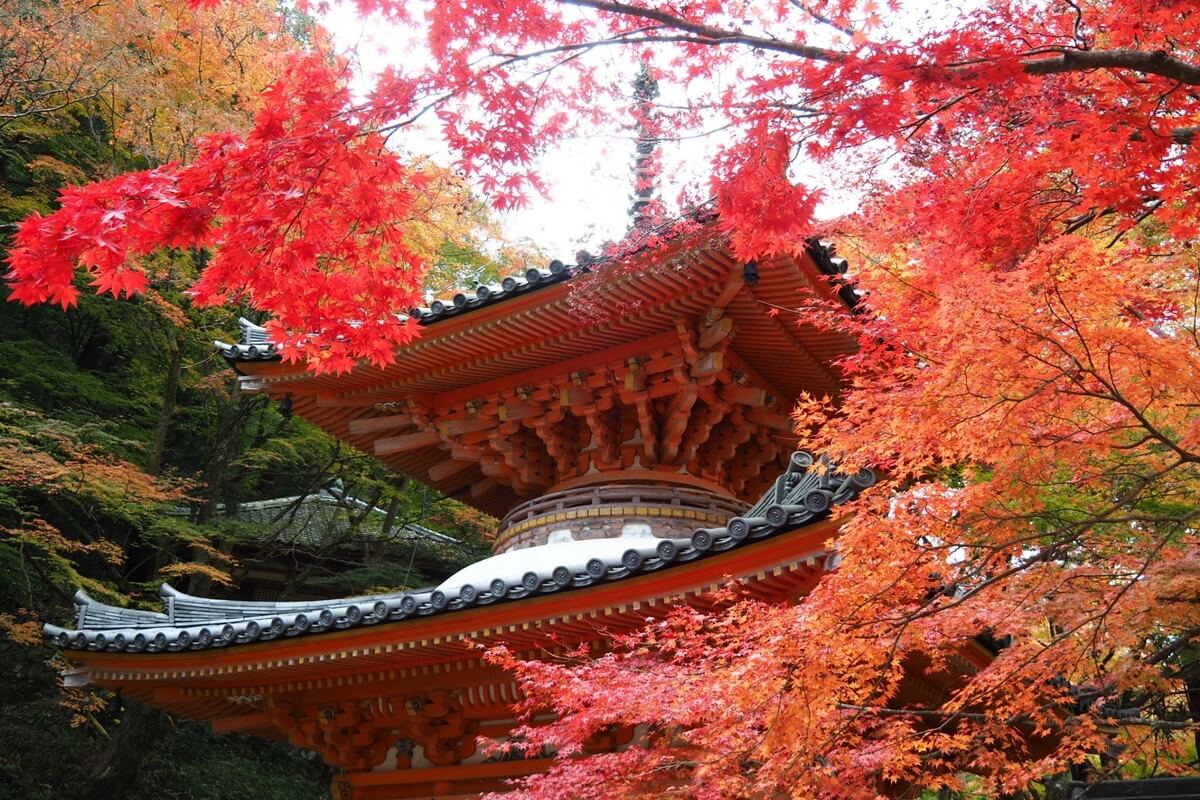
Located in the mountains near the border with Wakayama Prefecture, this Tendai Buddhist temple is said to have been founded by En no Gyoja, considered the founder of Shugendo (a uniquely Japanese religion blending mountain worship with Buddhism and Taoism).
Highlights include the Tahoto pagoda built in 1551 and the Ushitaki Valley, where four waterfalls cascade along the mountain stream.
The autumn foliage season, peaking from mid to late November, offers a spectacular collaboration between the vermilion-colored pagoda and the vibrant red leaves.
Mt. Inunaki (Izumisano City)
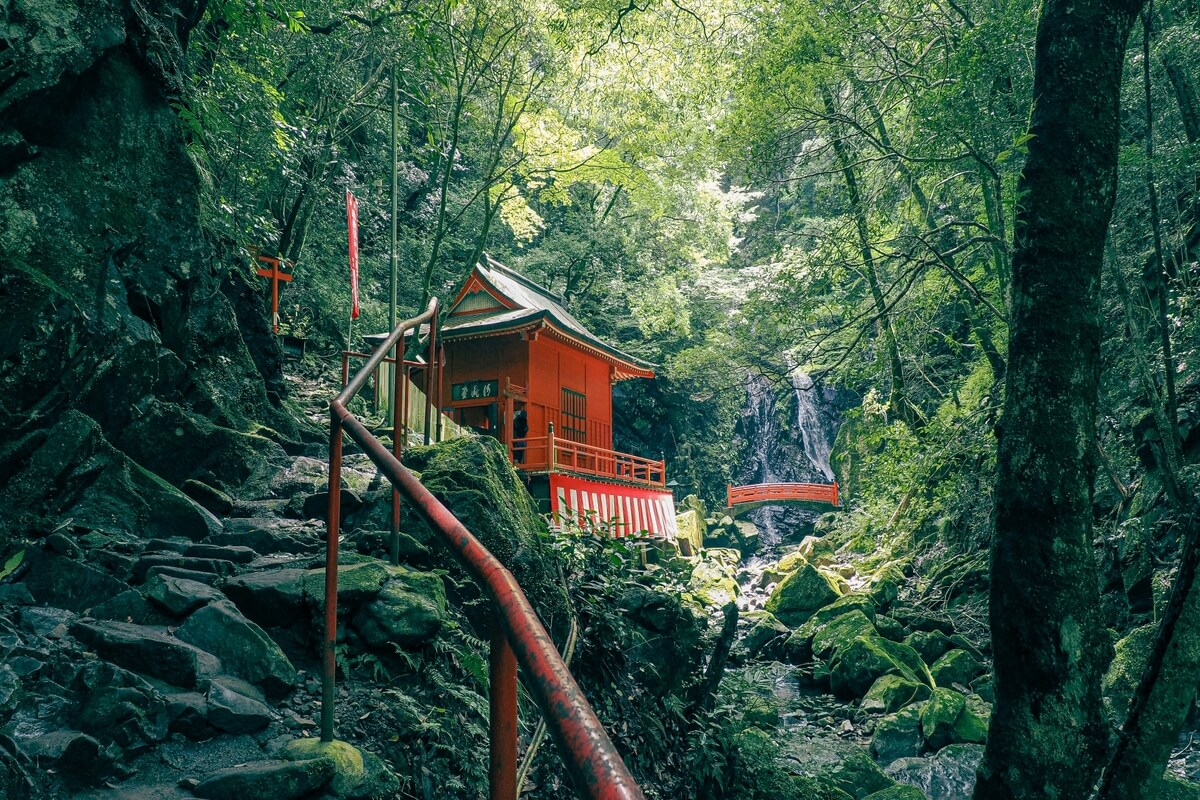
Japan’s oldest Shugendo sacred site with over 1,300 years of history. Like Mount Ushitaki mentioned earlier, it was founded in 661 by En no Gyoja, the founder of Shugendo.
The mountain name Inunaki-san originates from the legend of a loyal dog that saved its master hunter from a giant serpent.
At Shipporyu-ji Temple within the mountains, practitioners can undergo training while being struck by the waterfall known as Gyoja no Taki.
Mt. Inunaki is also known as “Women’s Omine,” welcoming female practitioners. Advance reservations are required for the one-day training experience; please check the official website.
▼ Mt. Inunaki Shipporyu-ji Temple Official Website
https://inunakisan.jp/en/
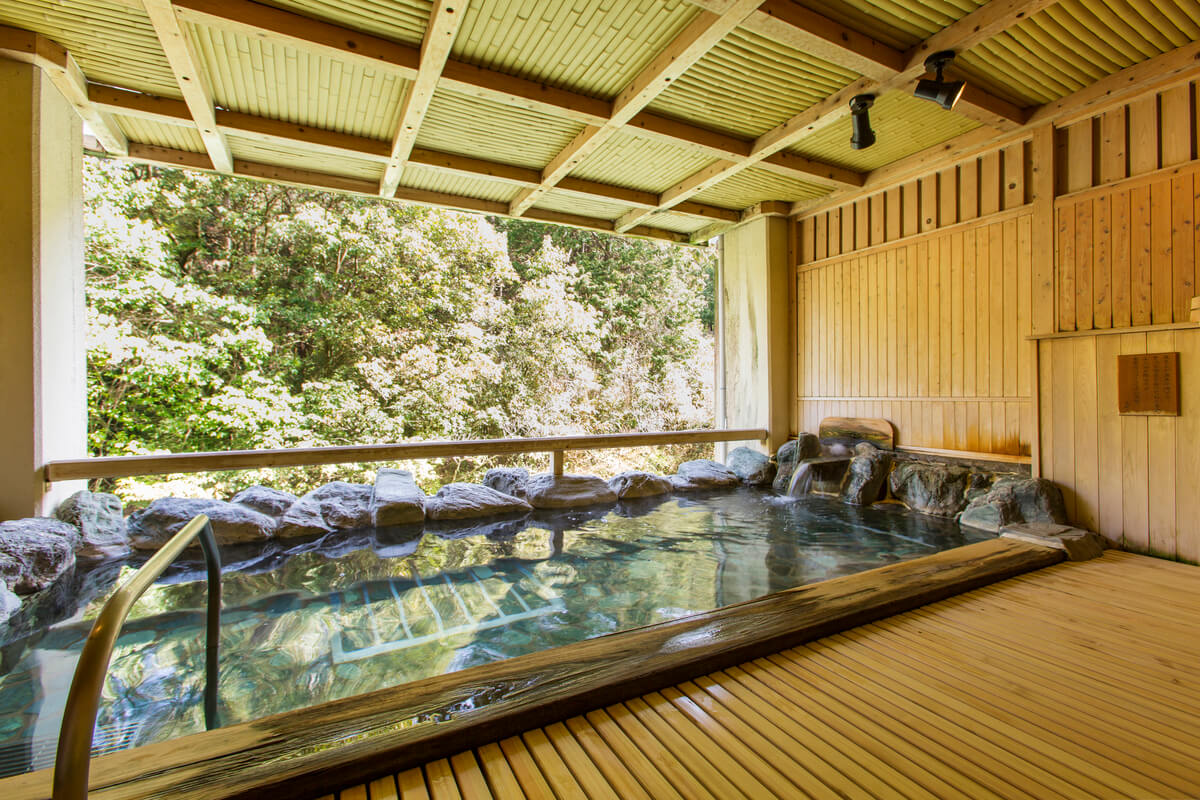
▲Inunaki Onsens Fudoguchikan ©Osaka Convention & Tourism Bureau
Before and after your training, you can also enjoy day trips or overnight stays at nearby Inunakisan Onsen. Why not soothe your body in the Onsen while taking in the beautiful scenery?
The Danjiri Festival, representing the Senshu
The Danjiri Festival is the quintessential traditional event representing the Senshu area.
Residents powerfully pull ornate floats called danjiri—elaborately carved mountain floats used in shrine festivals—through the streets.
Its origins trace back to the Inari Festival held in 1703 during the mid-Edo period, when the lord of Kishiwada Domain prayed for a bountiful harvest.
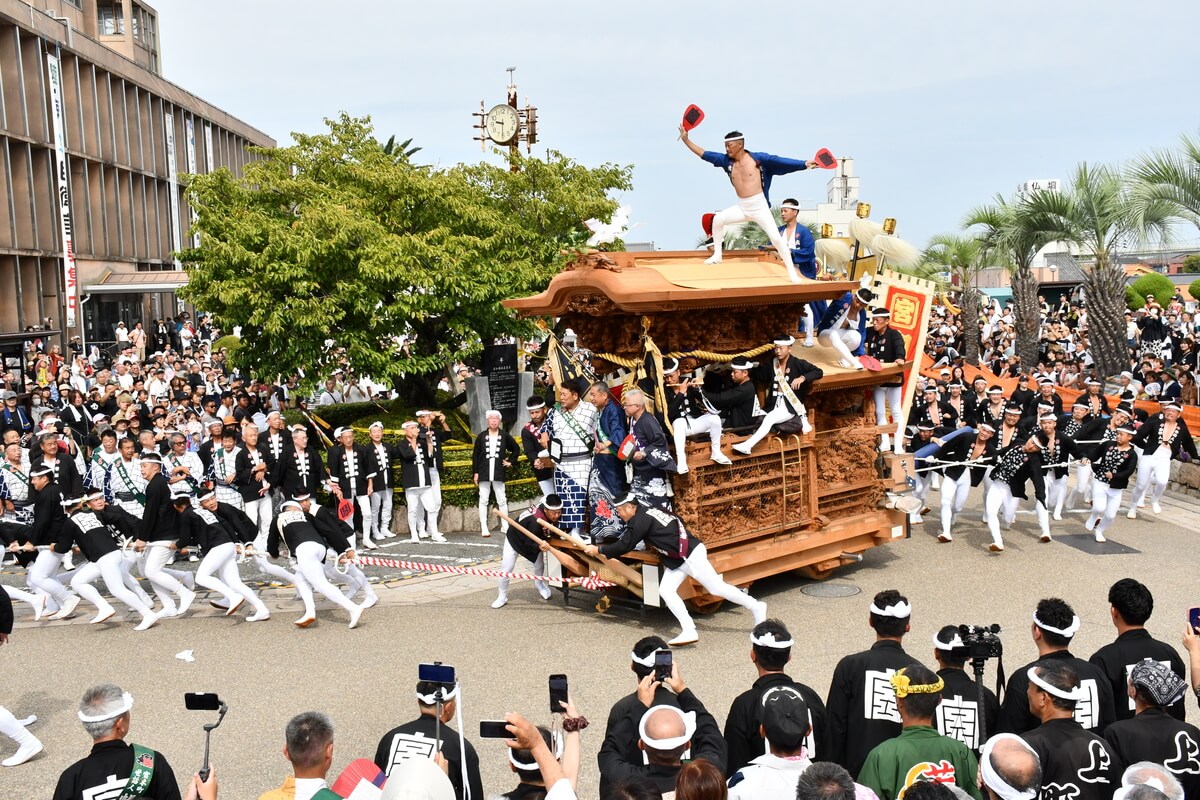
Photo courtesy of: Kishiwada City
Every September and October, danjiri festivals are held throughout the Kansai region. Among them, the Kishiwada Danjiri Festival, held in its birthplace, is the most famous. Its highlight is the “yari-mawashi” maneuver, where massive danjiri floats make sharp, high-speed right-angle turns. Experience this spectacular festival, created through the united efforts of local residents across generations.
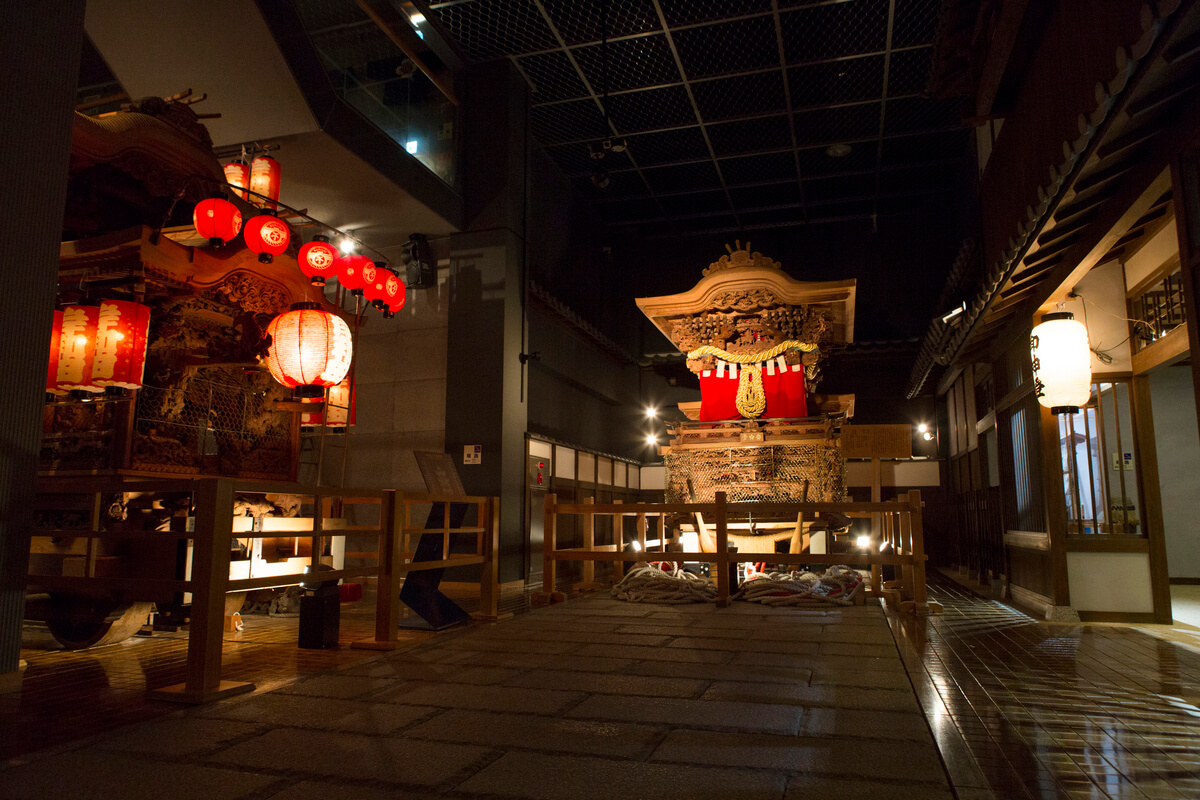
©Osaka Convention & Tourism Bureau
If you visit outside the festival season, we recommend going to the Kishiwada Danjiri Museum near Kishiwada Castle. You can see the danjiri floats up close, watch festival videos, and try hands-on activities to learn everything about the Kishiwada Danjiri Festival.
▼Kishiwada Danjiri Museum Official Website
https://kishibura.jp/danjiri/
Recommended Souvenirs from Senshu
Sakai Cutlery
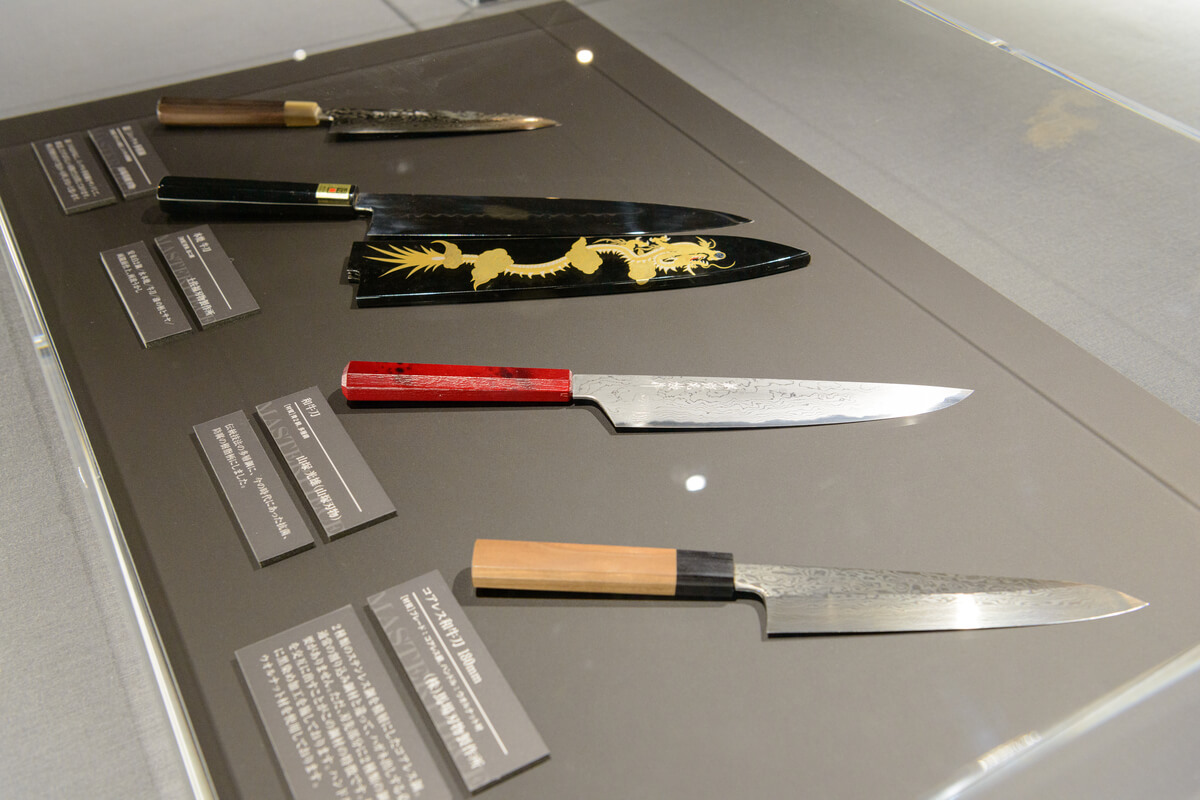
©Osaka Convention & Tourism Bureau
Traditional knives and blades crafted in Sakai City. Each blade is meticulously handcrafted by artisans, renowned for its durability and exceptional sharpness. These knives cut smoothly without crushing food fibers, making them beloved by professional chefs worldwide.
Their history is ancient, beginning with the production of hoes and plows during the 5th-century Kofun period, underpinned by the development of Sakai’s blacksmithing techniques, including 16th-century firearm manufacturing. Then, in the 17th-century Edo period, Sakai knives gained nationwide recognition through the production of tobacco knives.
Later, evolving alongside Osaka’s food culture as a culinary knife, it is now recognized worldwide as a representative Japanese knife brand.
▼Official Website of the Sakai Cutlery Industry Cooperative Federation
https://www.sakaihamono.or.jp/
Senshu Towels
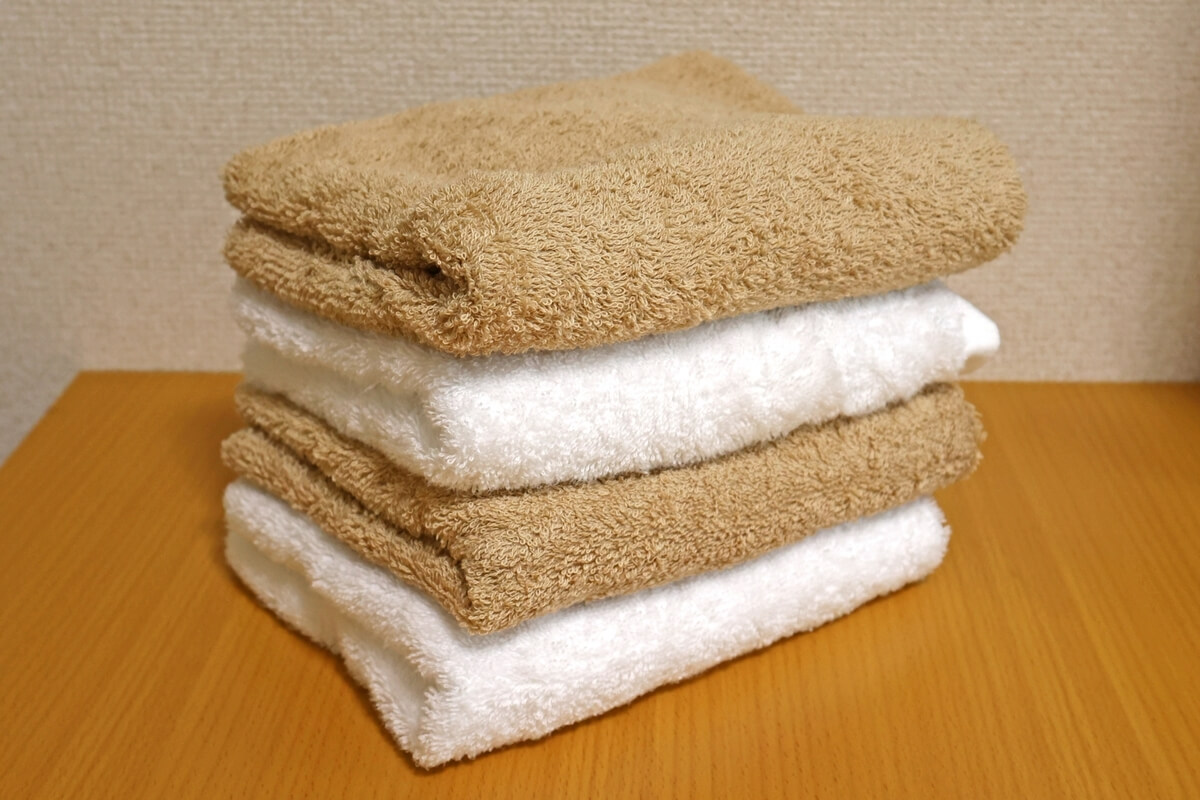
In 1887, Japan’s first towel manufacturing began in Izumisano City, and the Senshu area has preserved its tradition and techniques as Japan’s towel production hub.
Senshu towels are made using the “Ato-sarashi(post-bleaching method),” where the “sarashi” process—bleaching out starch and impurities to achieve whiteness—is performed after the towel is woven. Finished with exceptional cleanliness, they are gentle enough for sensitive skin and babies, and boast outstanding absorbency.
Perfect for everyday use, they also make delightful gifts for occasions like baby showers and weddings.
▼Official Website of the Osaka Towel Industry Association
https://os-towel.or.jp/
Sakai Incense
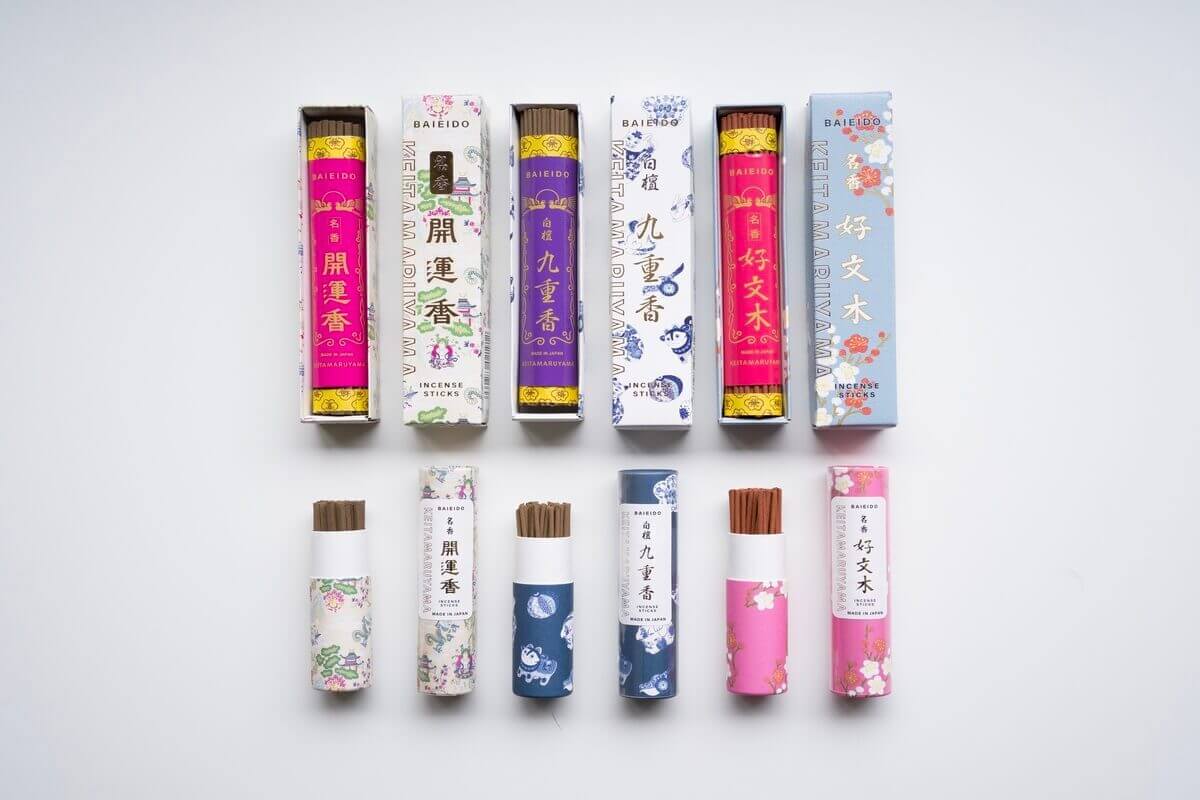
▲Baieido and KEITA MARUYAMA Collaboration Incense
Incense sticks first arrived in Japan from China at the end of the 16th century, with Sakai City producing Japan’s first incense. Sakai, then a thriving trading port, was an ideal location for incense production due to its easy access to aromatic woods and abundance of temples. Renowned as a premium incense, Sakai incense features diverse blends of carefully selected natural fragrances, earning it the reputation as an artistic fragrance. It is also designated as a Traditional Craft of Osaka Prefecture.
It can be used not only for Buddhist altars but also as room fragrance or for aromatherapy, gently calming the mind.
▼For a detailed article on the collaborative incense by Baieido and KEITA MARUYAMA (the product pictured above), click here
Izumi Glass
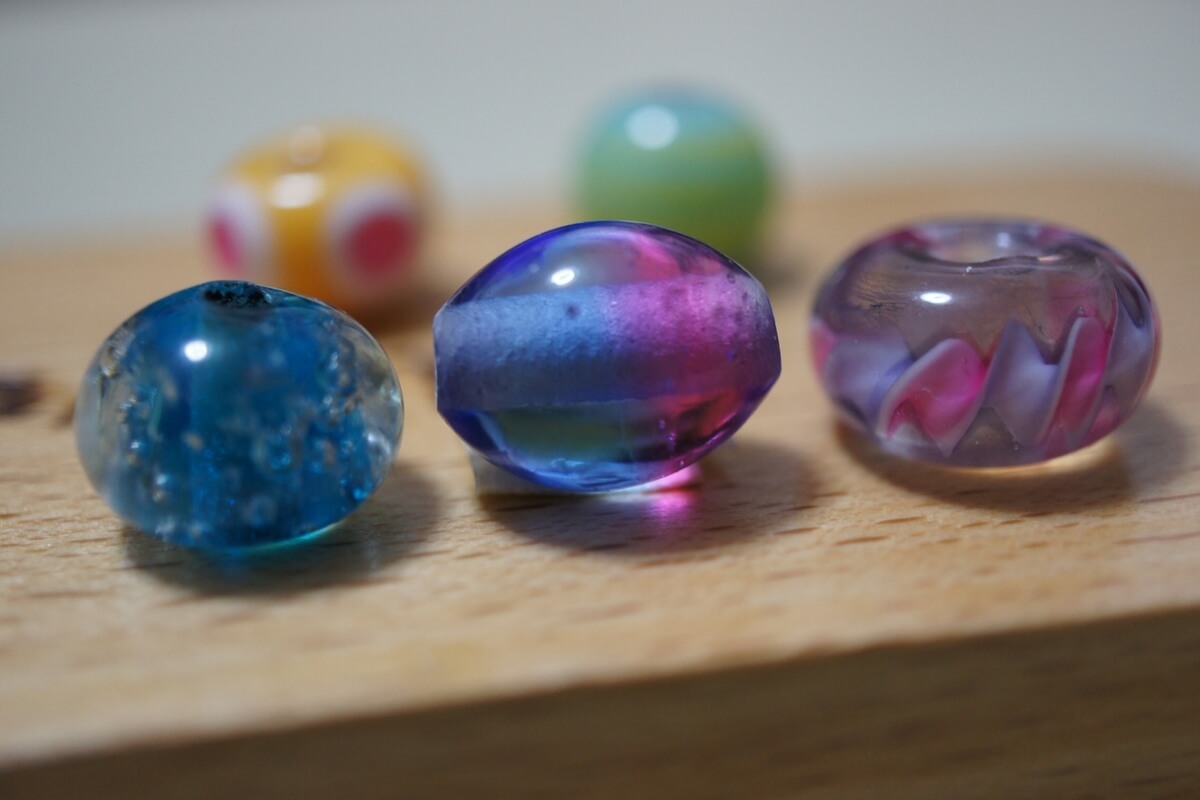
*Image is for illustrative purposes only
Glassmaking techniques were introduced from Europe in the late 19th century, and by the early 20th century, the craft had become established and flourished in Izumi City.
Characterized by the lampworking technique—shaping glass using the flame of a kerosene lamp (burner)—it produces vibrant colors and diverse designs.
Initially, colored glass beads were made for use in Buddhist prayer beads and hairpins. Traditional glass beads (tonbodama) are still made today, and visitors can even try their hand at making them.
Additionally, the area is filled with diverse, highly artistic products: objets d’art featuring all kinds of motifs, pieces modeled after living creatures, and accessories.
▼Official Website of the Japan Artificial Pearl Glassware Industry Association
https://www.izumi-pearlglass.com/
Local Cuisine of the Senshu
Lightly Pickled Senshu Mizunasu (Water Eggplant)
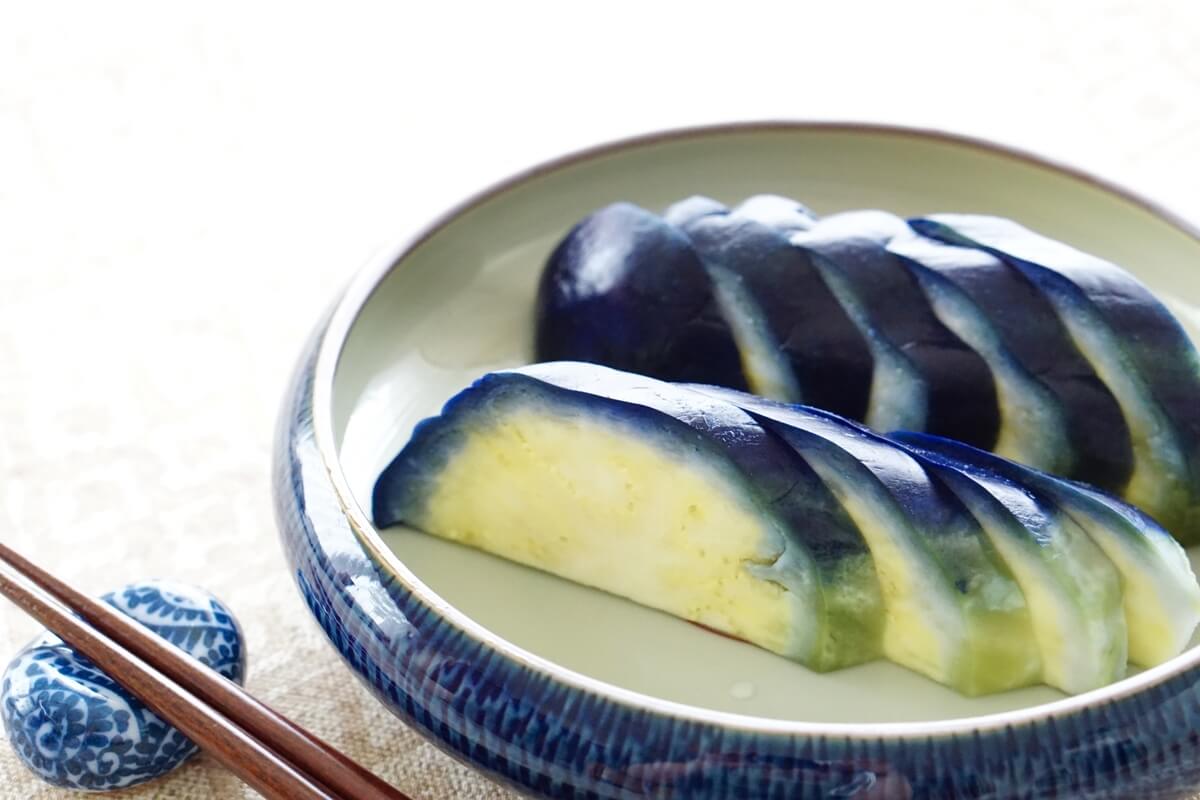
The Mizunasu (Water Eggplant) is a traditional vegetable and specialty product of the Senshu region. True to its name, it is a juicy eggplant packed with moisture. Its thin, tender skin makes it suitable for eating raw.
While it’s recommended as sashimi or in salads, in the Senshu area, it’s most commonly enjoyed as a Lightly Pickled Mizunasu (a quick-pickled vegetable made by briefly marinating in a seasoning liquid like rice bran, salt, or soy sauce).
This preparation allows you to savor the water eggplant’s natural sweetness and its juicy, crisp texture. You can enjoy it at restaurants in the Senshu area, and it’s also available for purchase as a souvenir at specialty shops and pickle stores.
Experience the full flavor of the Senshu area!
The hidden gem of Osaka tourism, the Senshu area. History and traditional culture thrive here, and every aspect—sightseeing spots, souvenirs, and gourmet food—is brimming with charm.
What we’ve introduced here is just a small part. Marine activities, fruit picking, Japanese sweets, outlet shopping, and more fun experiences await.
Why not discover a new way to enjoy Osaka tourism in the Senshu area, with excellent access from Kansai International Airport?
▼Recommended Articles for the Senshu Area
